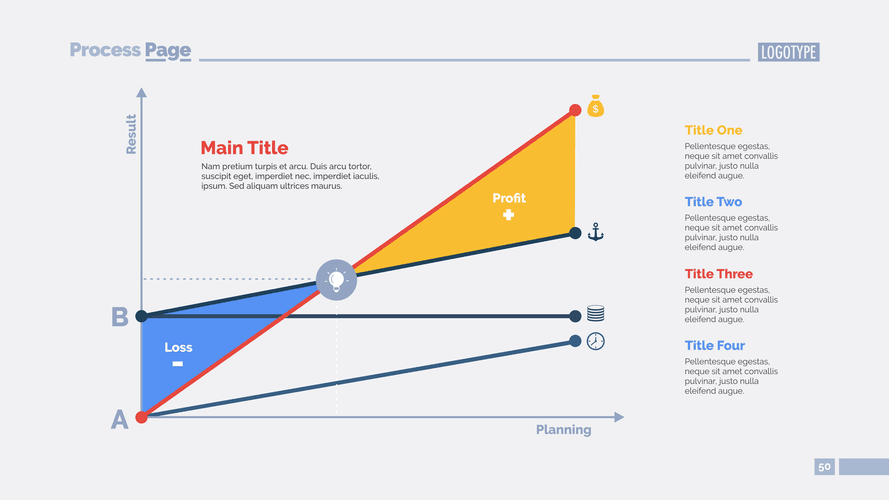
The terms “net realizable value” and “current assets” are net realizable value frequently used concerning inventory and accounts receivable. NRV is considered a reliable valuation method because we analyze the realization of net cash at the end. Non-compliance with accounting standards can result in financial penalties and damage to a company’s reputation.
- Despite its importance, the LCNRV principle is often misunderstood, leading to common misconceptions that can affect financial reporting.
- This method is less common globally but is used in the United States for tax benefits during inflationary periods.
- This $83 represents the net amount the company expects to realize from the sale of the product.
- Fair value, by contrast, is the price that would be received in an orderly transaction between market participants at the measurement date.
- In contrast, NRV is utilized to estimate the amount that could be realized from the sale of an asset, after subtracting any costs necessary to make the sale.
- This presentation ensures that accounts receivable are not overstated and reflects the amount expected to be collected.
Net Realizable Value in Financial Reporting and Asset Valuation

This ongoing evaluation helps businesses remain agile in response to fluctuating market conditions, safeguarding their financial integrity and supporting informed decision-making. By incorporating NRV into the LCM rule, companies can maintain accurate and reliable financial statements that reflect the true value of their assets. Net Realizable Value (NRV) plays a significant role in the valuation of accounts receivable, guiding businesses in estimating the collectability of outstanding debts. This estimation process directly affects the accuracy of a company’s financial statements by reflecting the expected cash inflows from credit sales. NRV assists companies in setting realistic expectations for collection, influencing their cash flow management and financial planning.
Brief Explanation of Inventory Valuation
Because the estimated cost of ending inventory is based on current prices, this method approximates FIFO at LCM. Are you a business owner looking to complete the eventual sale of equipment or inventory? Out of these 20,000 units, an estimated 3% is damaged, and the cost of repair is $10 per unit. To calculate the NRV of receivables, subtract the estimated allowance for doubtful accounts from the gross accounts receivable. For example, if gross receivables are $100,000 and doubtful accounts are $10,000, the NRV of receivables is $90,000.

What is fair market value?
- If we lowered the cost to $30 on our books and sold them for $70 minus the $20 it takes to make them saleable, we’d make a normal profit.
- On the other hand, NRV is the amount that can be realized by selling an item after incurring some selling cost.
- This method is often used in businesses where inventory items are perishable or have expiration dates.
- It enables them to determine the true economic value of inventory by factoring in market conditions, production costs, sales prices, and other relevant factors.
- This is crucial because carrying inventory at inflated values can mislead stakeholders about the financial health of a company.
This calculation is not merely a straightforward subtraction but involves a thorough understanding of market conditions, production costs, and potential selling expenses. In conclusion, understanding net realizable value (NRV) is vital for companies seeking accurate financial reporting in a rapidly evolving business landscape. In the intricate dance of commerce, market value and net realizable value (NRV) are two partners whose performance can determine the success or failure of a business venture. Market value, the price at which goods can be sold in the open market, is a reflection of the current economic climate, consumer demand, and competitive landscape. NRV, on the other hand, is a more conservative estimate, accounting for the costs of completion, disposal, and transportation, essentially representing the cash that would be received if assets were sold off. Together, they form a financial duet that guides businesses in pricing, inventory management, and strategic decision-making.

Financial Accounting
This standard mandates that any write-down to NRV should be recognized as an expense in the period in which the write-down occurs. This approach aligns with the principle of prudence, ensuring that potential losses are accounted for promptly. To begin with, estimating the selling price necessitates a keen awareness of current market trends and customer demand.
Accounts Receivable Solutions
In contrast, NRV is utilized to estimate the amount that could be realized from the sale of an asset, after subtracting any costs necessary to make the sale. NRV plays a pivotal role in inventory assessment, https://www.ambassadorhoteljo.com/1-800-accountant-review-for-august-2025-best-2/ influencing various aspects of business operations and financial reporting. Its impact is felt across different levels of an organization, from accounting to management, and it is a critical factor in maintaining the integrity of financial statements.
What Is Net Realizable Value?
By applying LCM or NRV, companies ensure that their financial statements reflect a more accurate and conservative valuation of inventory, safeguarding against overstated assets and potential future losses. The Lower of Cost or Market (LCM) and Net Realizable Value (NRV) are not independent inventory valuation methods but rather adjustments applied to inventory values under specific circumstances. They ensure that inventory is not overstated on the balance sheet, especially when market conditions indicate that the value of inventory has declined. By understanding both the advantages and disadvantages of net realizable value, companies can make informed decisions regarding inventory valuation, cost accounting, and financial reporting. Net realizable value is an essential concept in accounting that represents the total amount of cash proceeds that can be obtained from selling an asset less all costs incurred to sell it. The future of NRV in accounting standards is likely to be shaped by a combination of regulatory efforts, technological innovation, and economic factors.
An important aspect of NRV’s impact on inventory is its ability to identify obsolete or slow-moving stock. When inventory items are assessed for their realizable value, those unlikely to sell at their original prices become apparent. This prompts businesses to consider markdowns or discounts to move such inventory, aligning the recorded value with market realities. This proactive approach helps maintain a lean inventory and optimizes storage and reduces holding costs. NRV facilitates compliance with financial regulations and accounting standards such as the Generally Accepted Accounting Principles (GAAP) and International Financial Reporting Standards (IFRS). These frameworks mandate the use of NRV in certain scenarios, underscoring its contra asset account importance in standardizing financial reporting practices across various jurisdictions.
- Furthermore, including anticipated costs like an allowance for doubtful accounts can adjust the invoice amount to reflect a more accurate value on the financial statements.
- Businesses can use NRV to determine the value of current assets, including their AR and inventory management.
- Since the NRV of $250 is higher than the cost of $200, no write-down is necessary.
- A declining NRV could signal issues with inventory obsolescence or overproduction, which could impact future earnings.
- On the other hand, net realizable value is more conservative, focusing on the net amount that can be realized from an asset’s sale after subtracting any costs to complete and sell it.

As evidenced above, net realizable value is a vital tool for making informed decisions about the performance of your accounts receivables and the value of assets and your inventory. Let’s say strawberries are expected to sell for $5 per box, but due to a sudden oversupply in the market, the price drops to $3. The costs of completion and disposal remain the same, but the expected selling price has changed, which will significantly affect the NRV. This change must be reflected in the financial statements to provide an accurate picture of the asset’s value. By considering both Market Value and NRV, businesses and investors can gain a comprehensive understanding of asset valuation, which aids in making informed financial decisions.